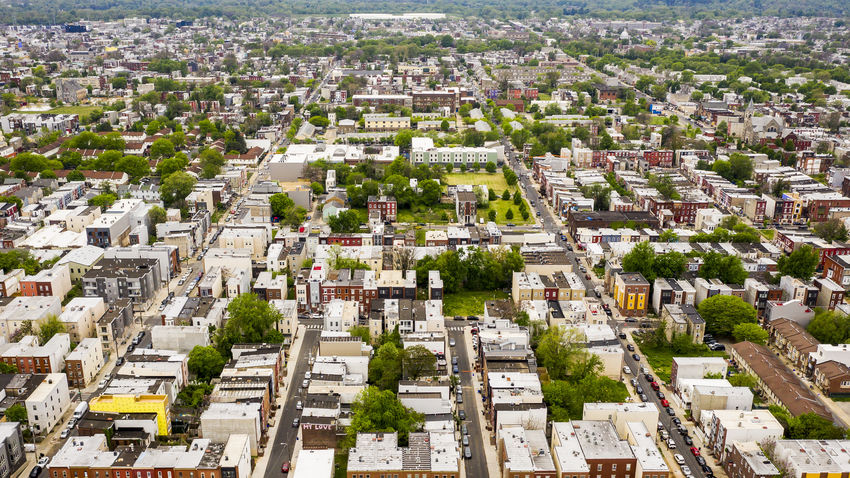
Jackhammers pounding at 7 a.m. Poorly lit streets at night. Deteriorating sidewalks and dangerous traffic patterns. Neighborhoods inescapably shape the health of people who live in them, and a distressing physical environment can have a magnified effect on people who have experienced trauma.
The idea of applying trauma-informed thinking has begun to take hold when it comes to community policing, medical care and other interactions that people have with the infrastructure in place to serve us. How about “trauma-informed neighborhoods”?
Krista Schroeder, assistant professor of nursing, proposes this concept in a commentary paper published in the journal Preventive Medicine Reports. The idea, she and her co-authors explain, is to translate tenets of trauma-informed care to the physical, built environments where people live.
“Traditionally, trauma-informed approaches have been applied more in individual or family-level interventions or in organizational settings like schools or child welfare agencies. But those principles haven't been widely translated to the physical neighborhood environment,” Schroeder says. “We know that neighborhoods impact health. They also can impact the well-being of individuals who have experienced trauma.”
For example, Schroeder explains, one principle of caring for people who have experienced trauma is promoting the feeling of safety during counseling or other interventions.
“So if we want to think about a trauma-informed neighborhood, what promotes a feeling of safety?” Schroeder asks. “Better lighting? Do you feel in danger walking along a busy road because the sidewalks are narrow or in poor shape? Green space is known to foster lower levels of stress, decreased levels of cortisol, that can make a difference in the health of someone who's experienced trauma. There's growing attention to how widespread trauma is, particularly in certain communities, and this is a way to think about how the physical environment can promote health, at a higher level of ecology than trauma is traditionally thought of.”
Trauma-informed neighborhoods could address individual and community trauma by introducing new ways of thinking at the literal brick-and-mortar level. “We're talking about, really, the physical setting. If you live in a gentrifying neighborhood, and there's loud jackhammering construction at 7 a.m., what does that mean to someone who is distressed by loud noises?”
Trauma-informed care grew out of recognition of the need to understand a person’s life experiences in order to deliver effective care. It has been seen as a way to improve patient engagement, treatment adherence, and health outcomes. Trauma takes many forms, including exposure to abuse, neglect, discrimination, violence or other adverse experiences. There has been prior writing about ”therapeutic landscapes,” but conceptualizing the idea of neighborhoods as trauma-informed is useful new terminology, as it can bring established principles of dealing with trauma to neighborhood planning.
The paper suggests that urban design and public policy planners incorporate trauma-informed thinking more routinely, and “it’s important to get the community's perspective on what that would look like from their perspective,” Schroeder says. A trauma-informed built environment could complement the incorporation of trauma-informed approaches in policing, healthcare and other services.
Schroeder’s co-authors for the paper include CPH associate dean for research David Sarwer, Kevin A. Henry from Temple’s Department of Geography and Urban Studies, and researchers from Emory University and Penn State College of Health and Human Development.
